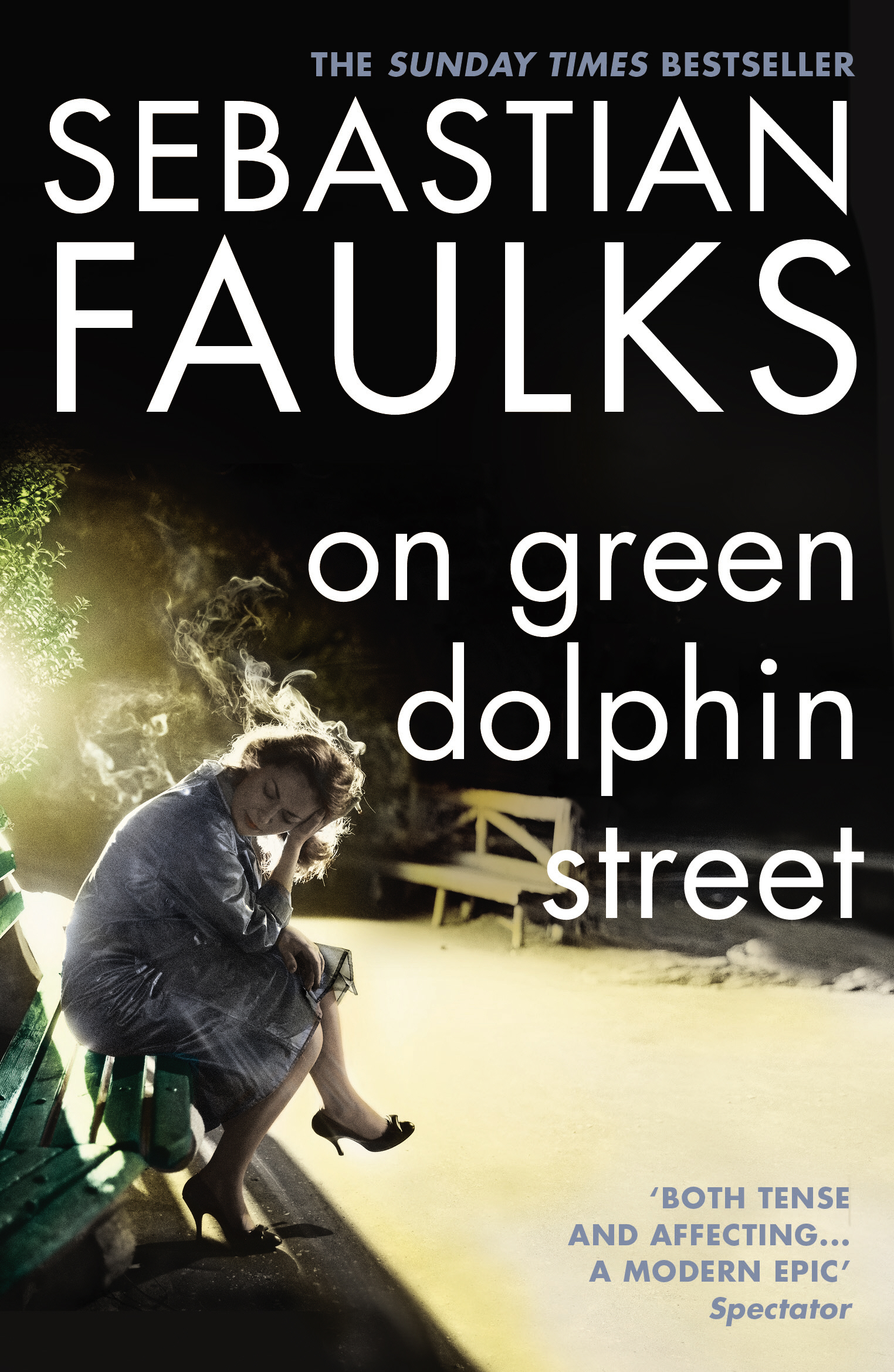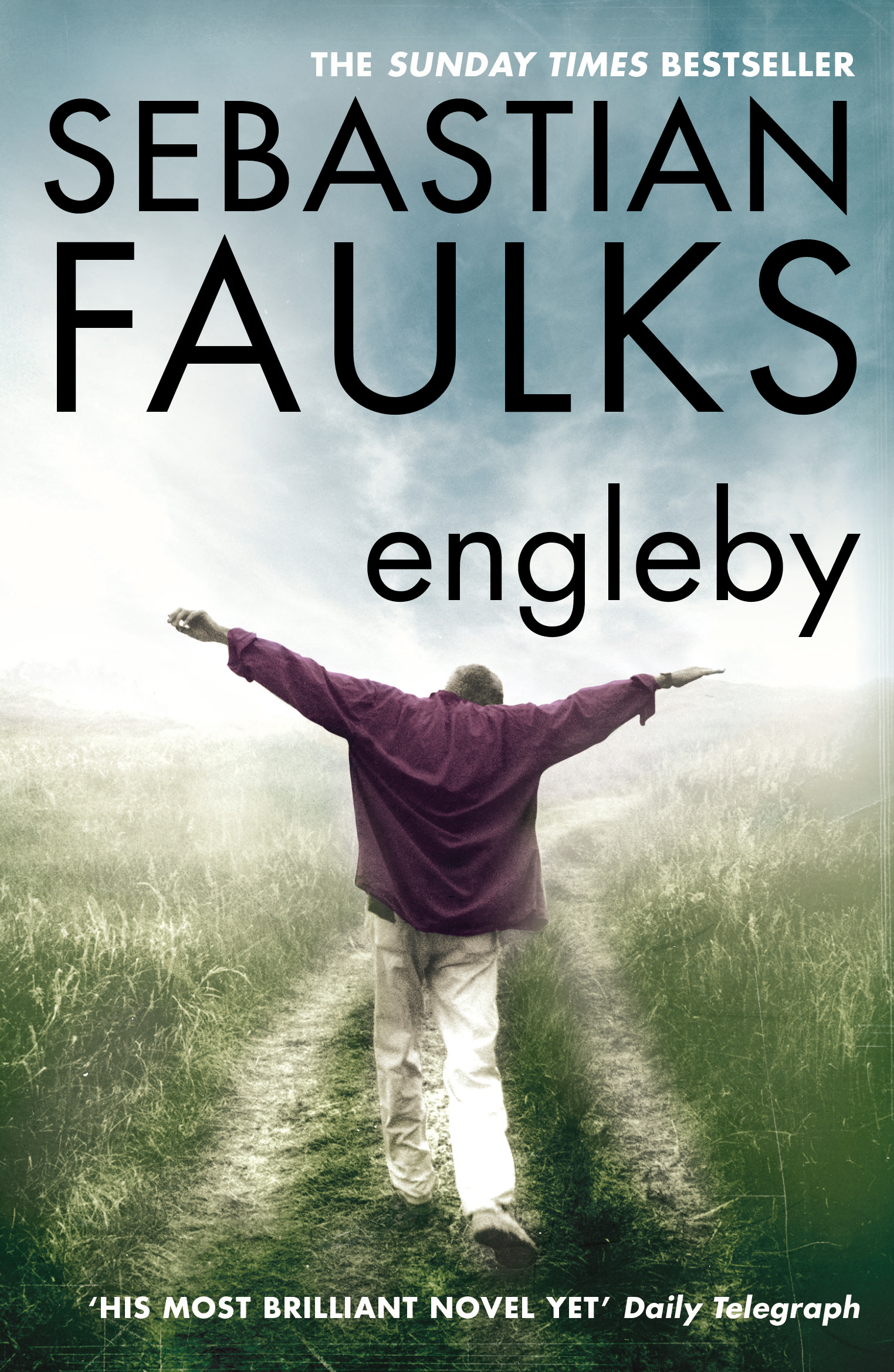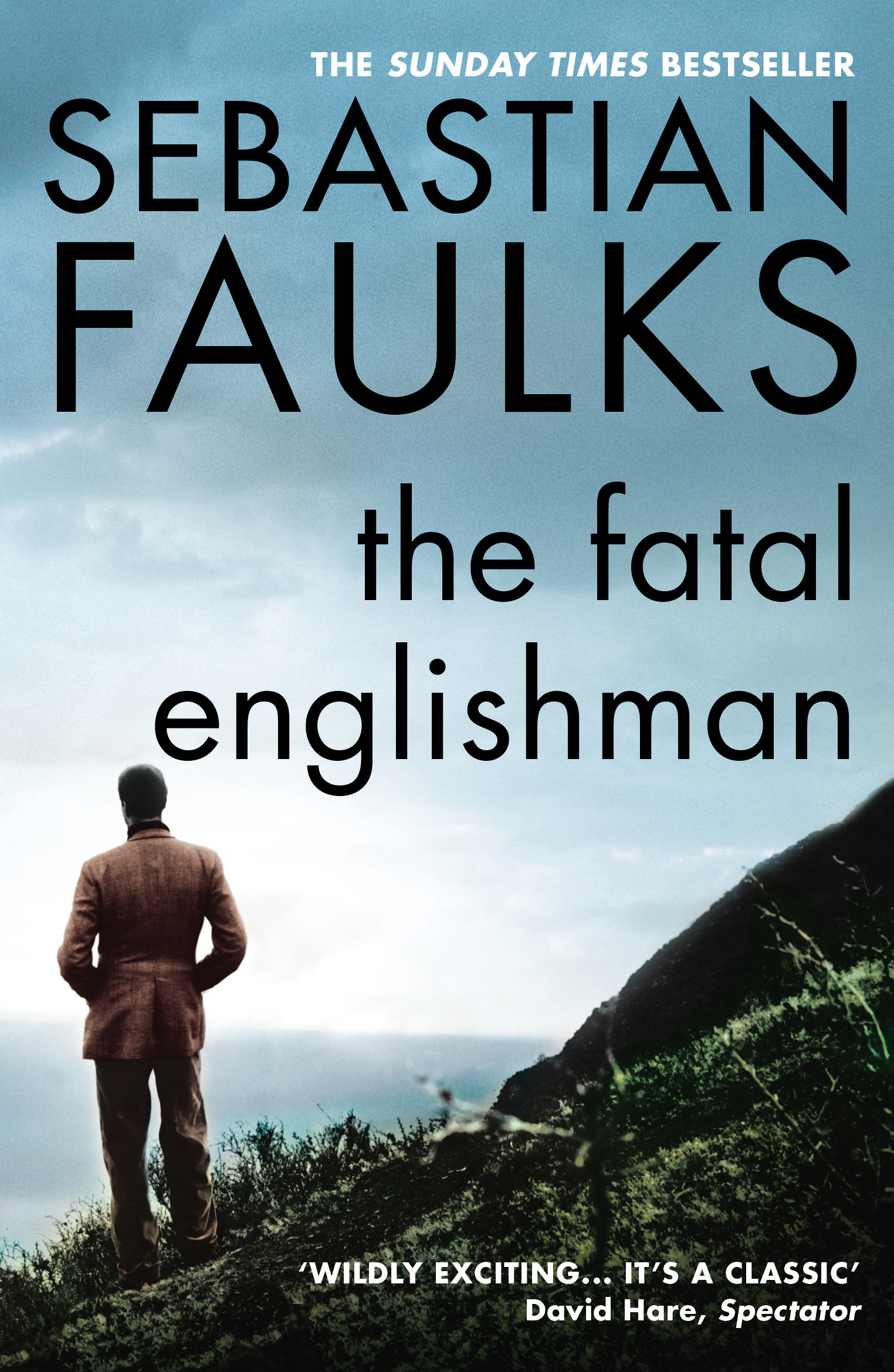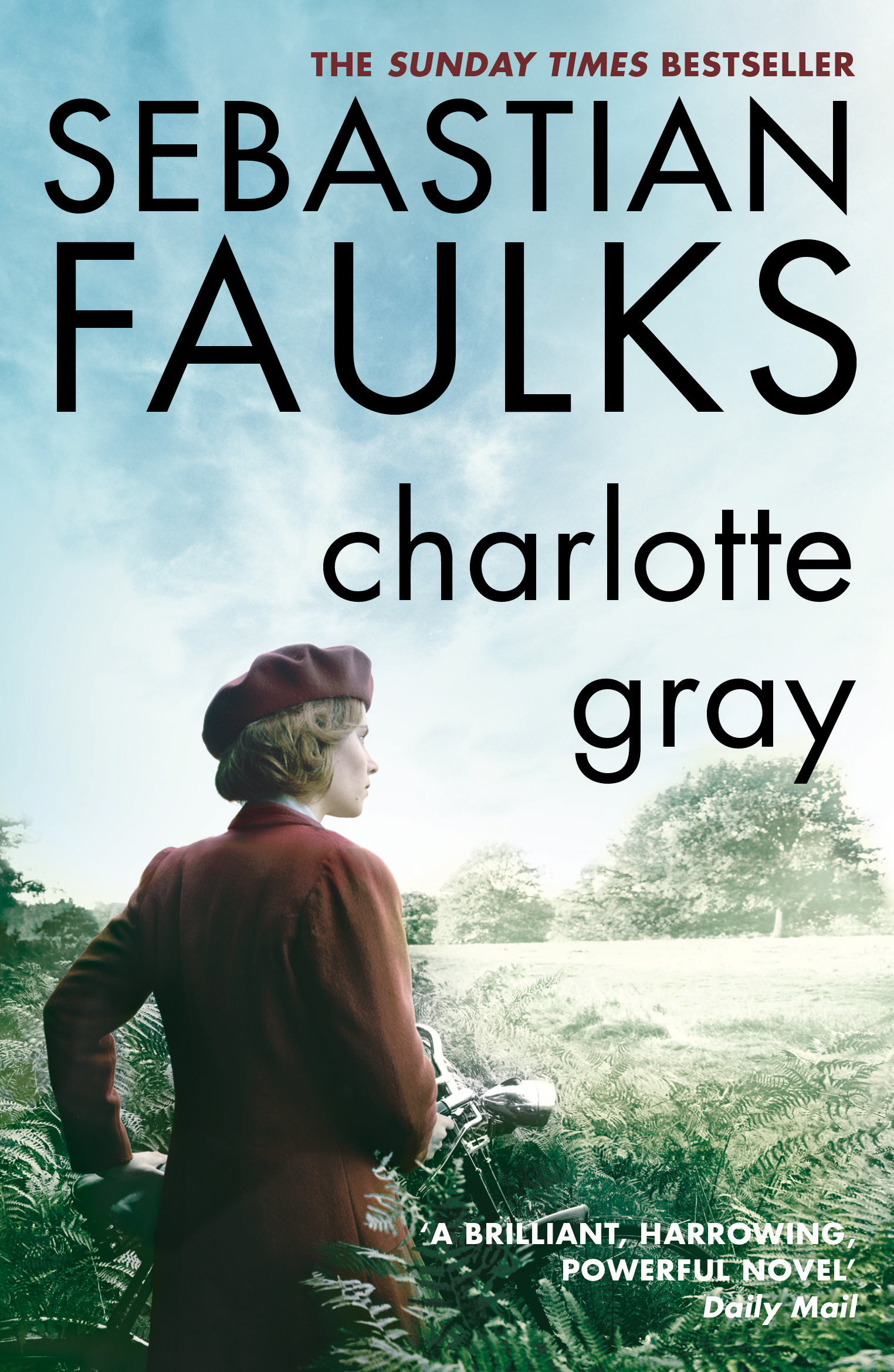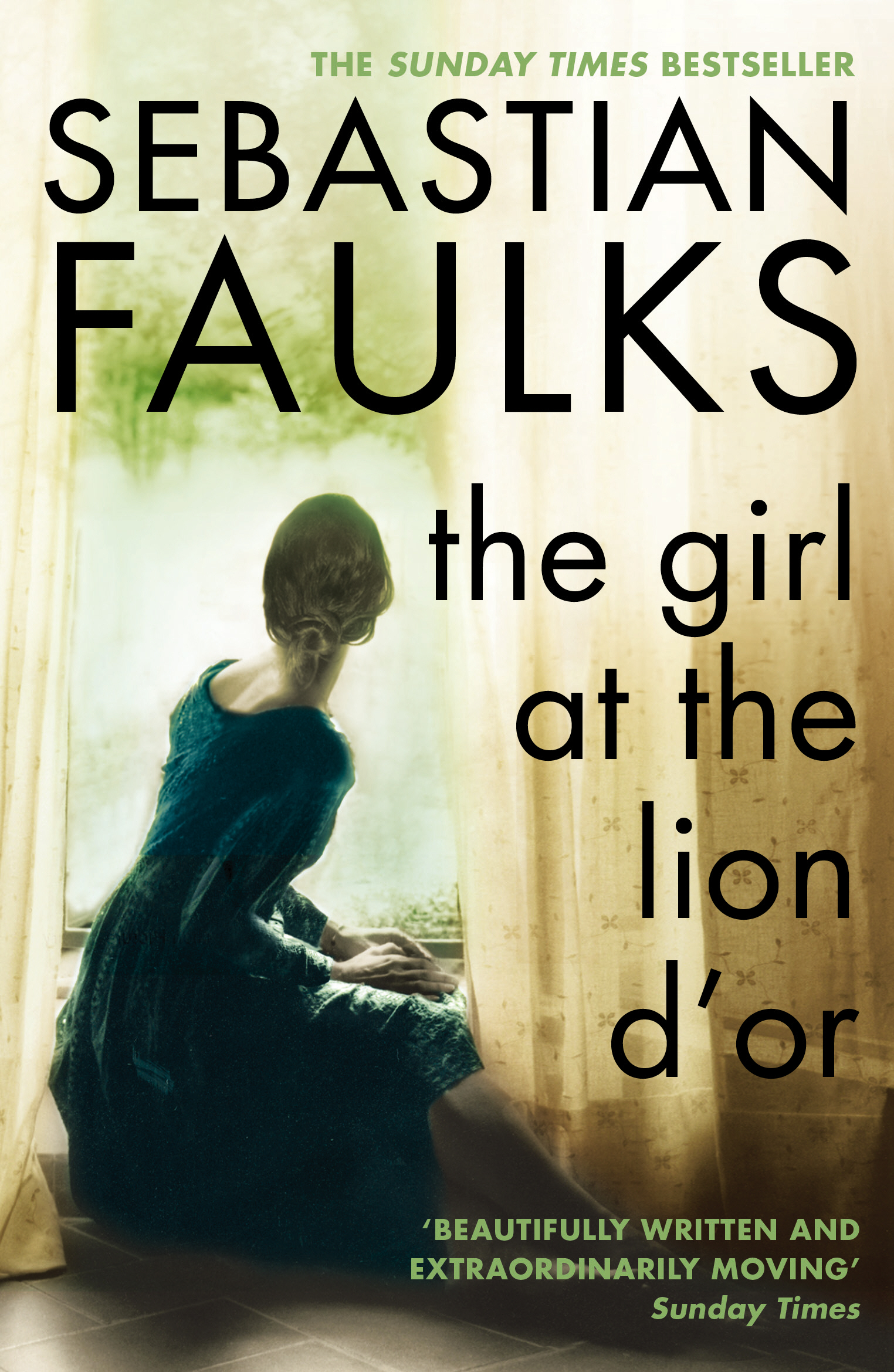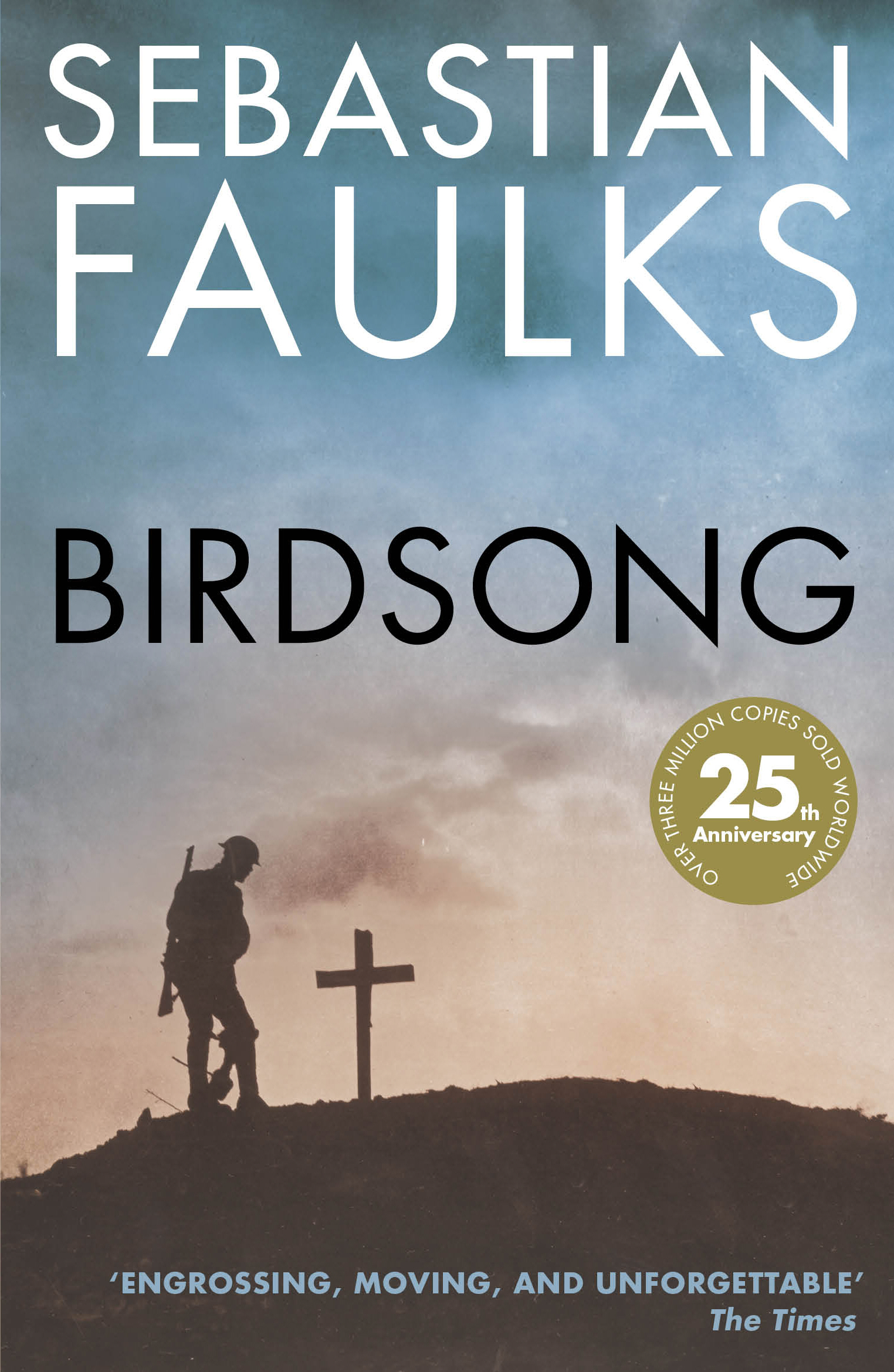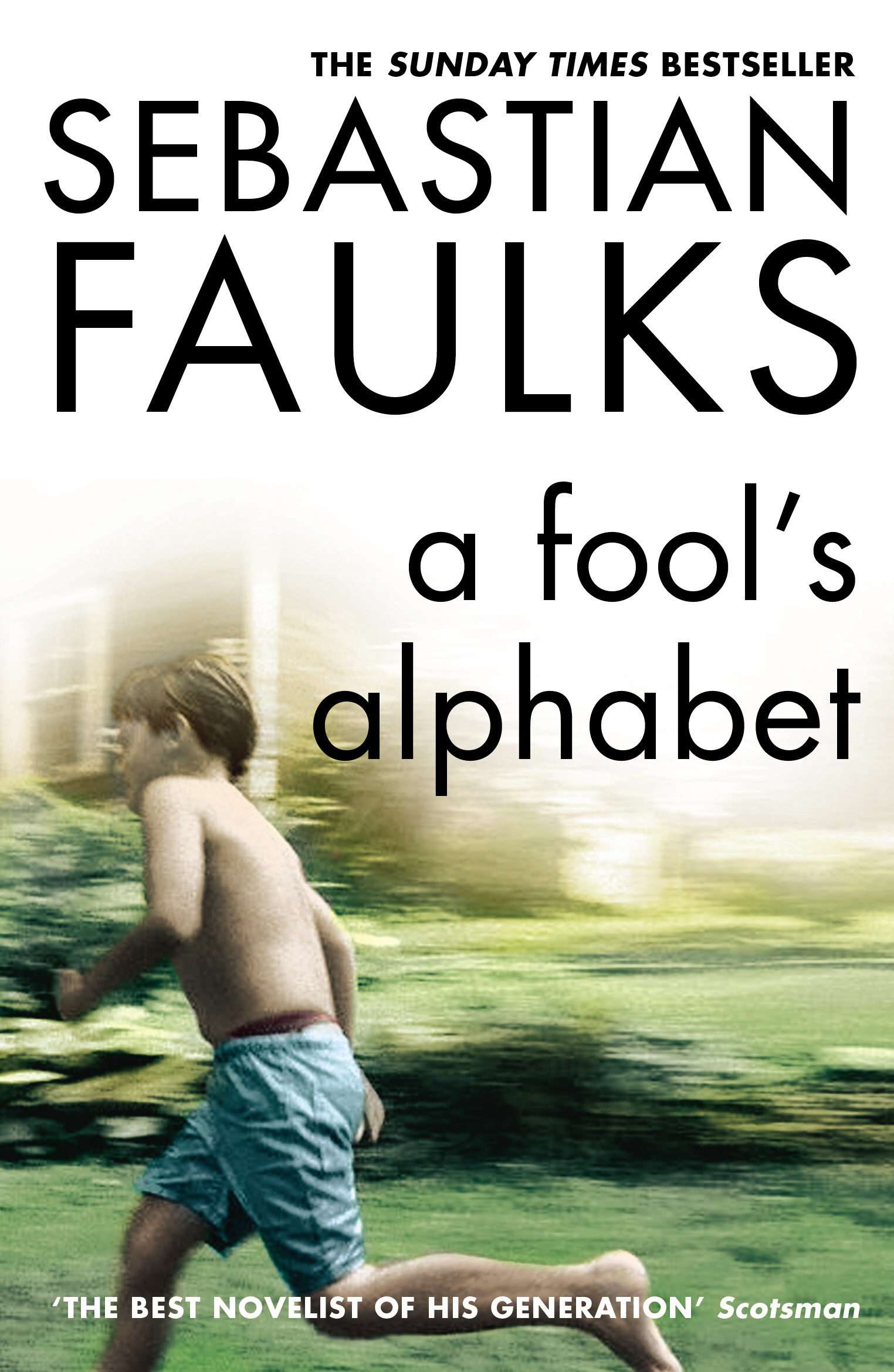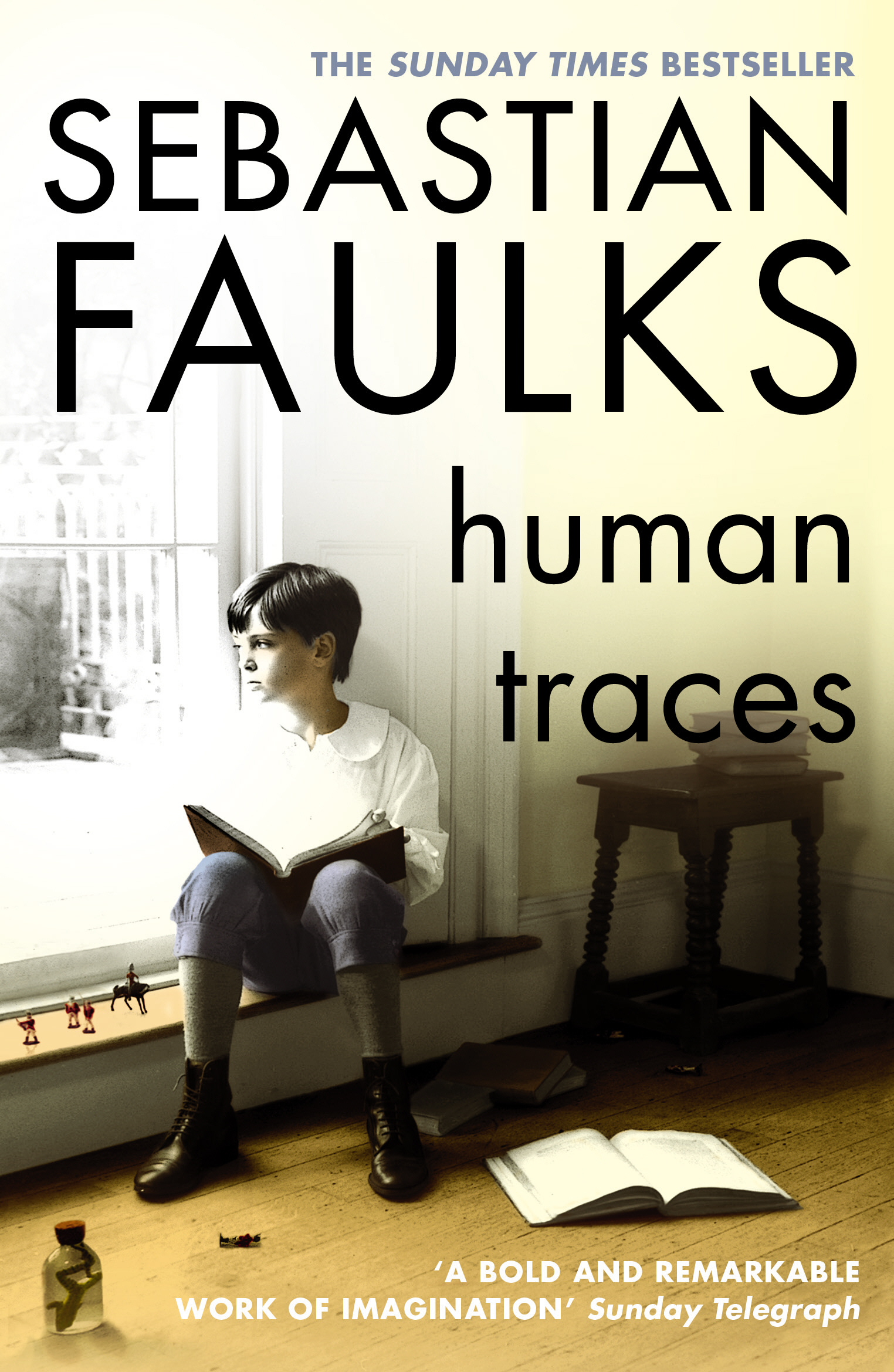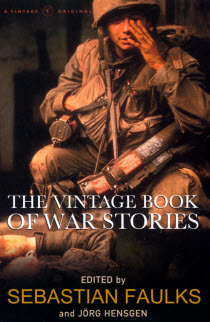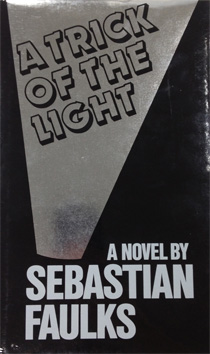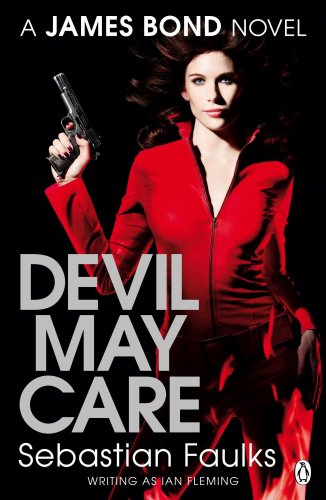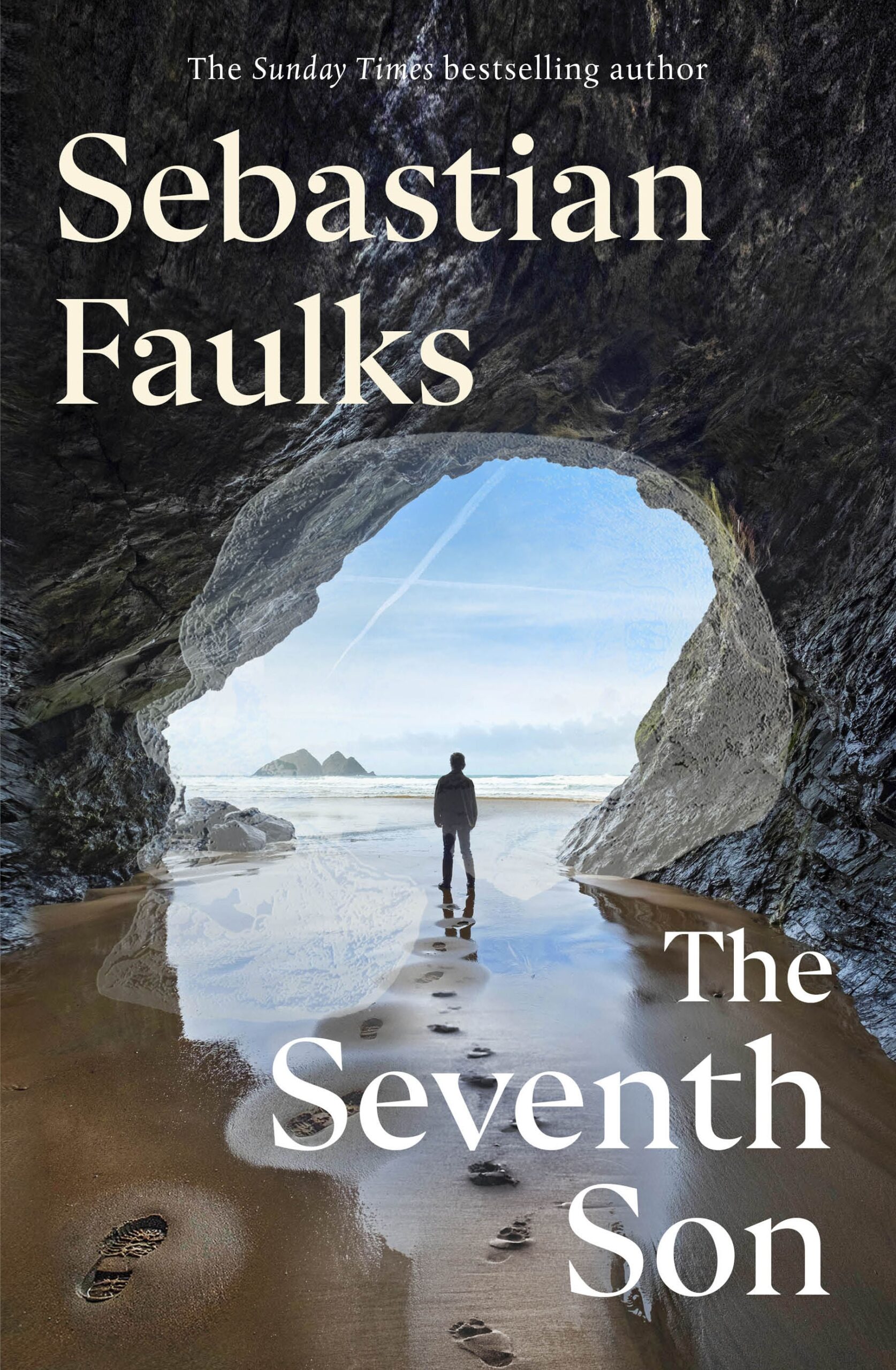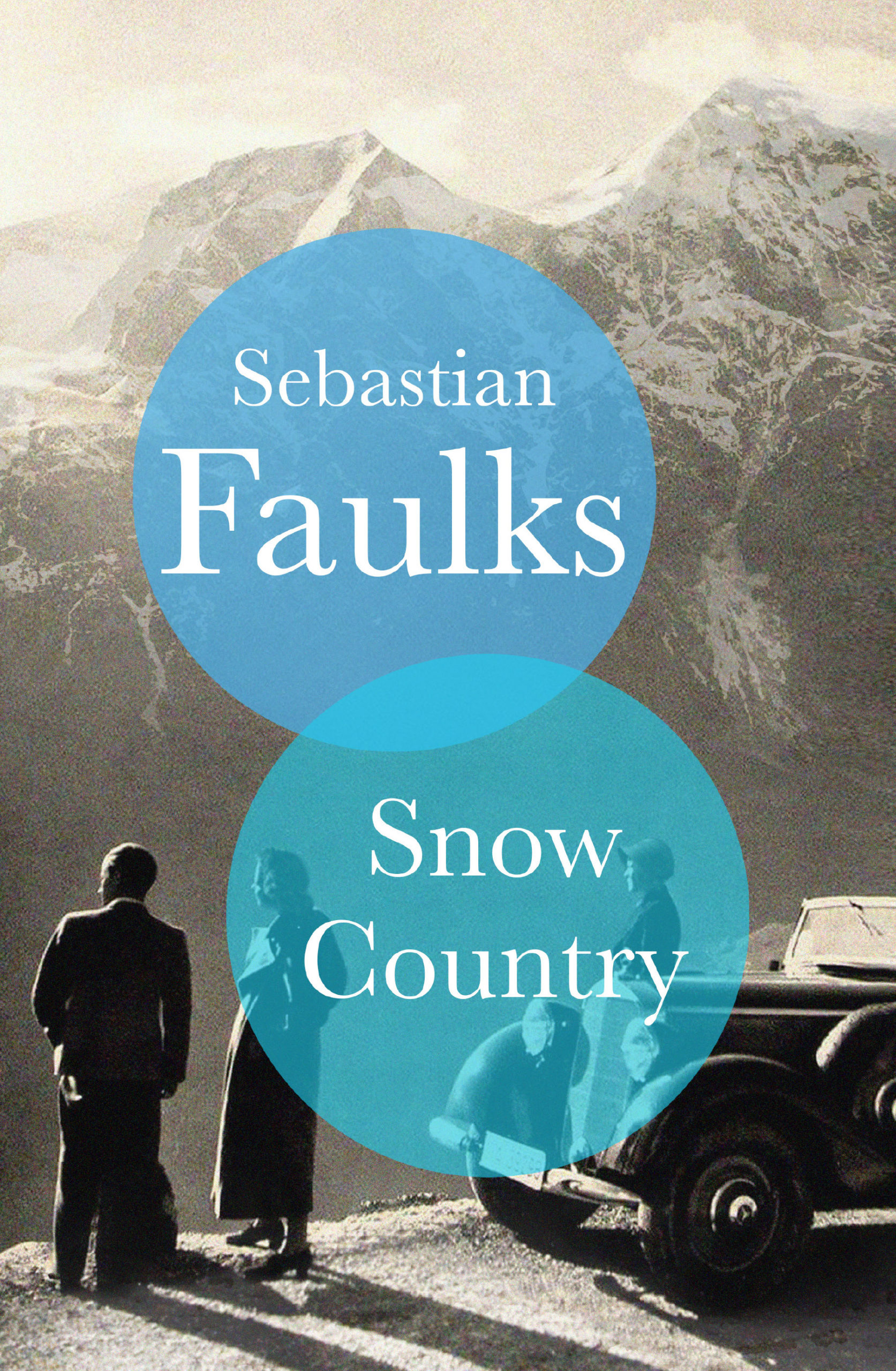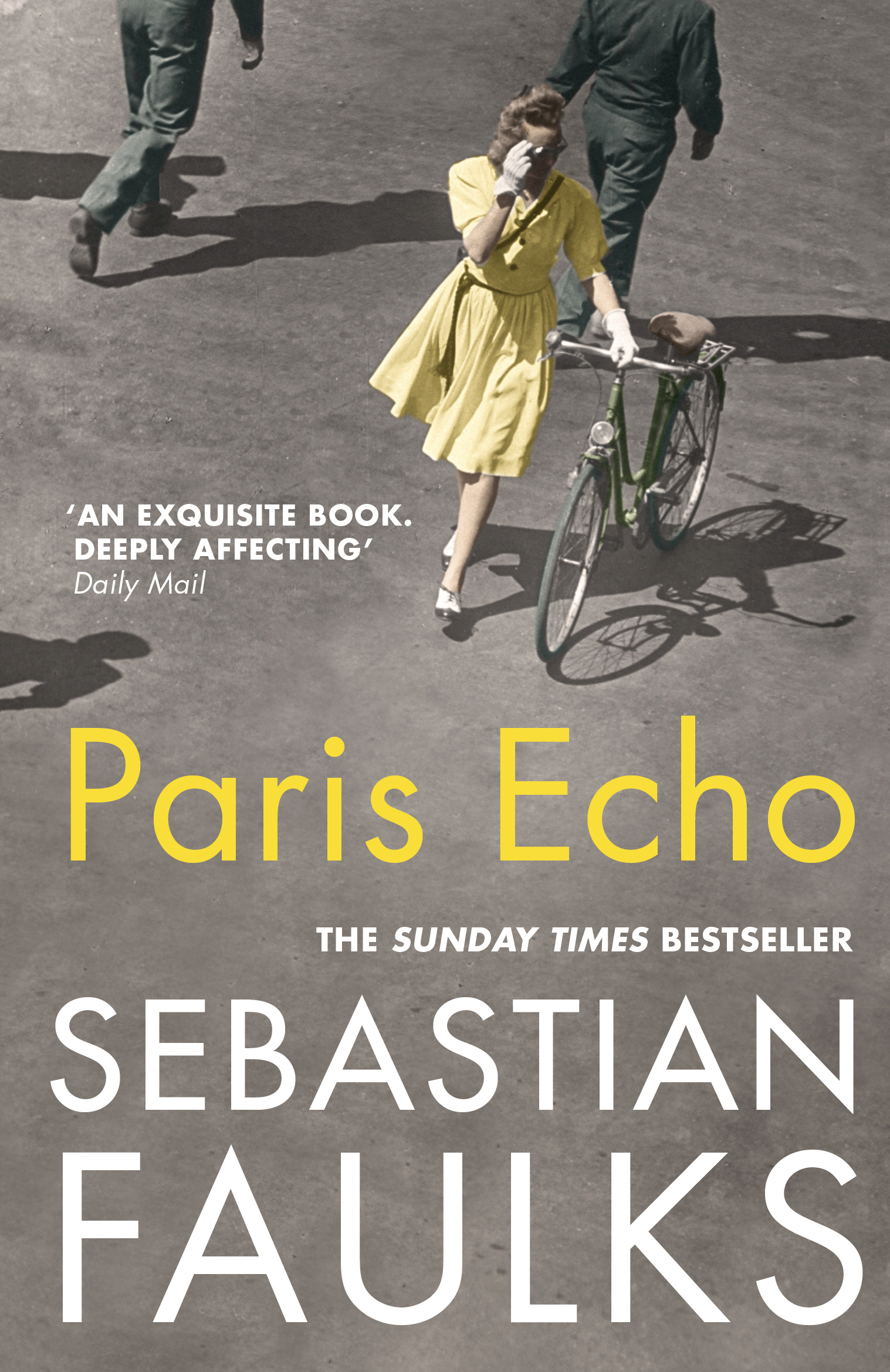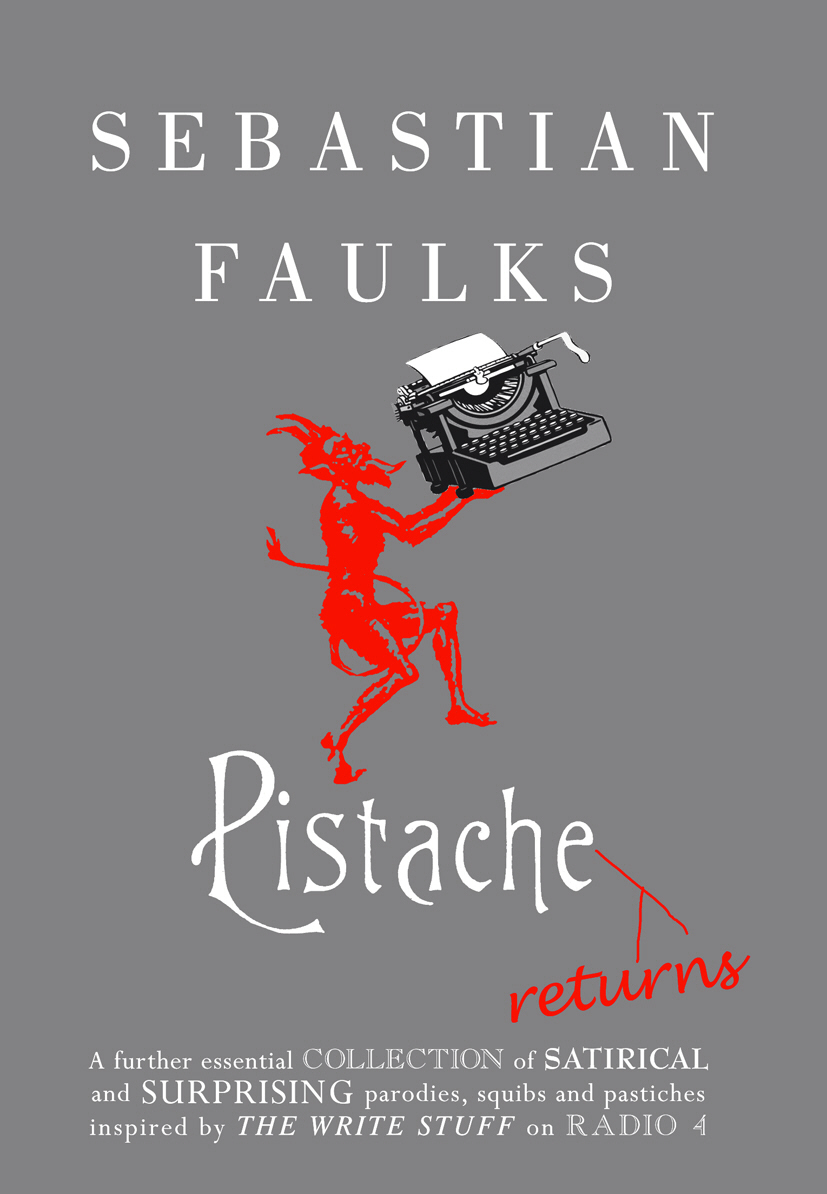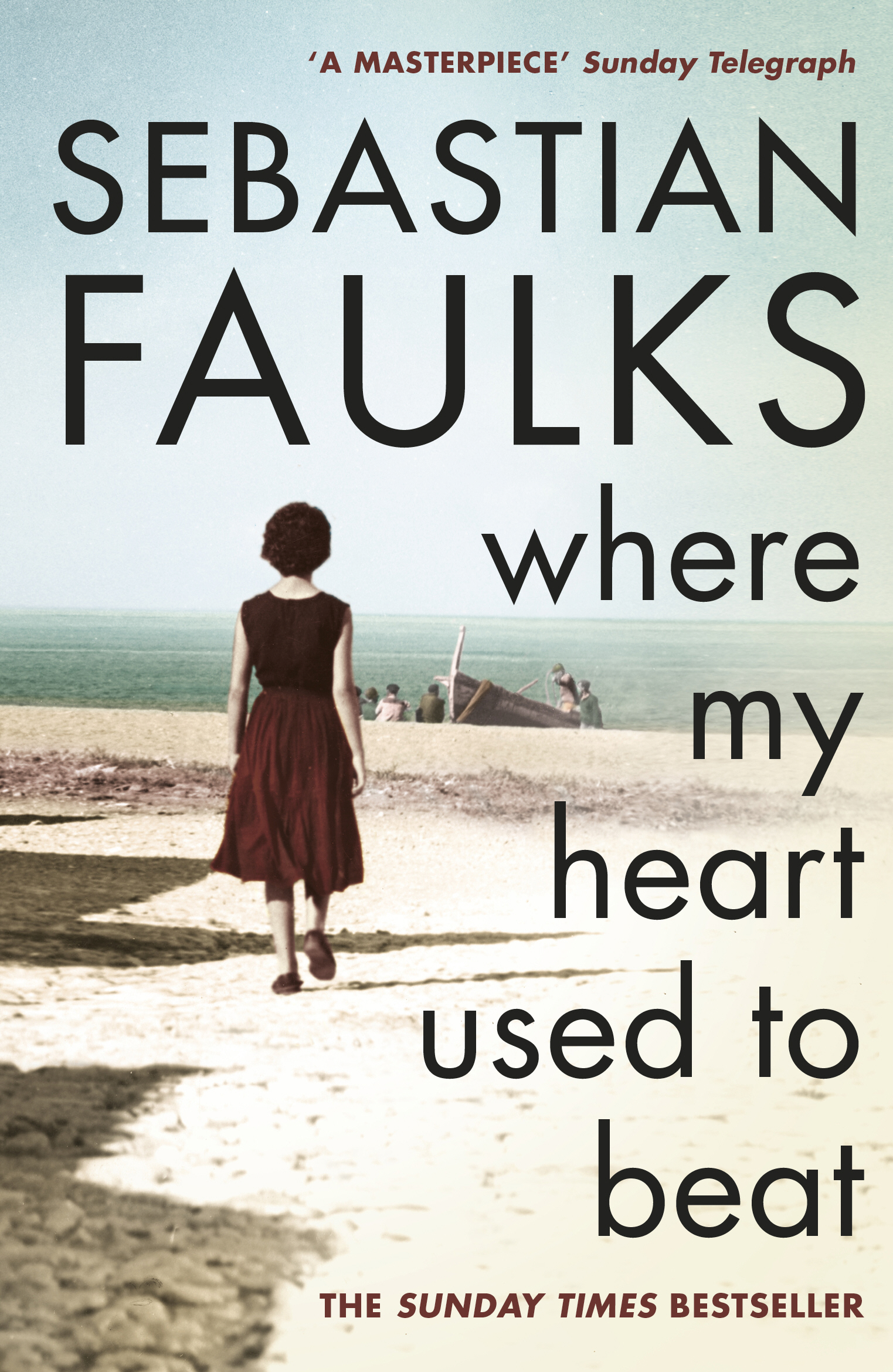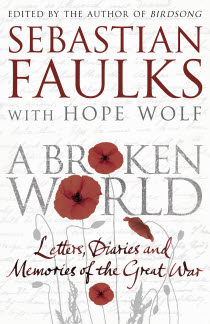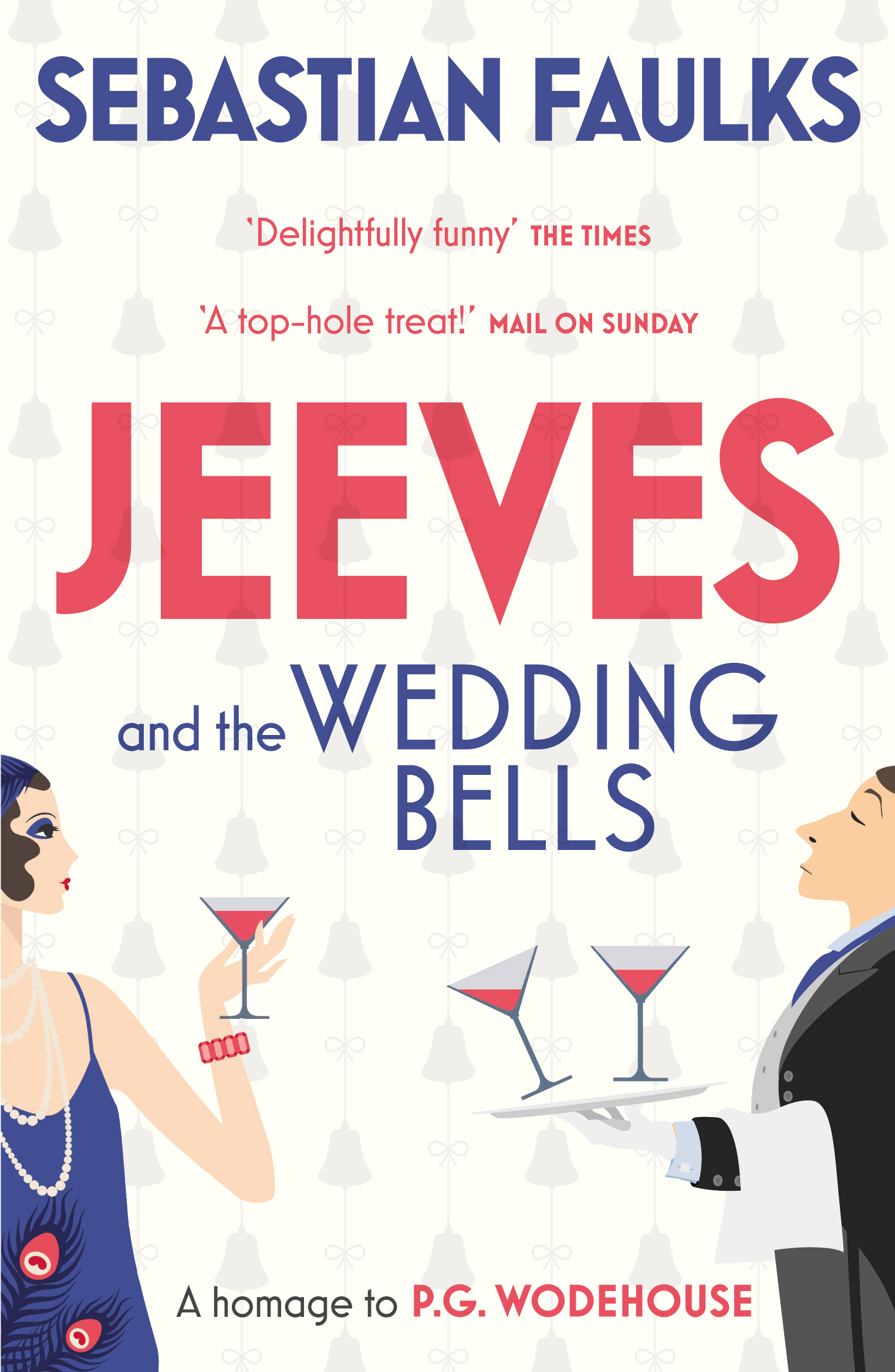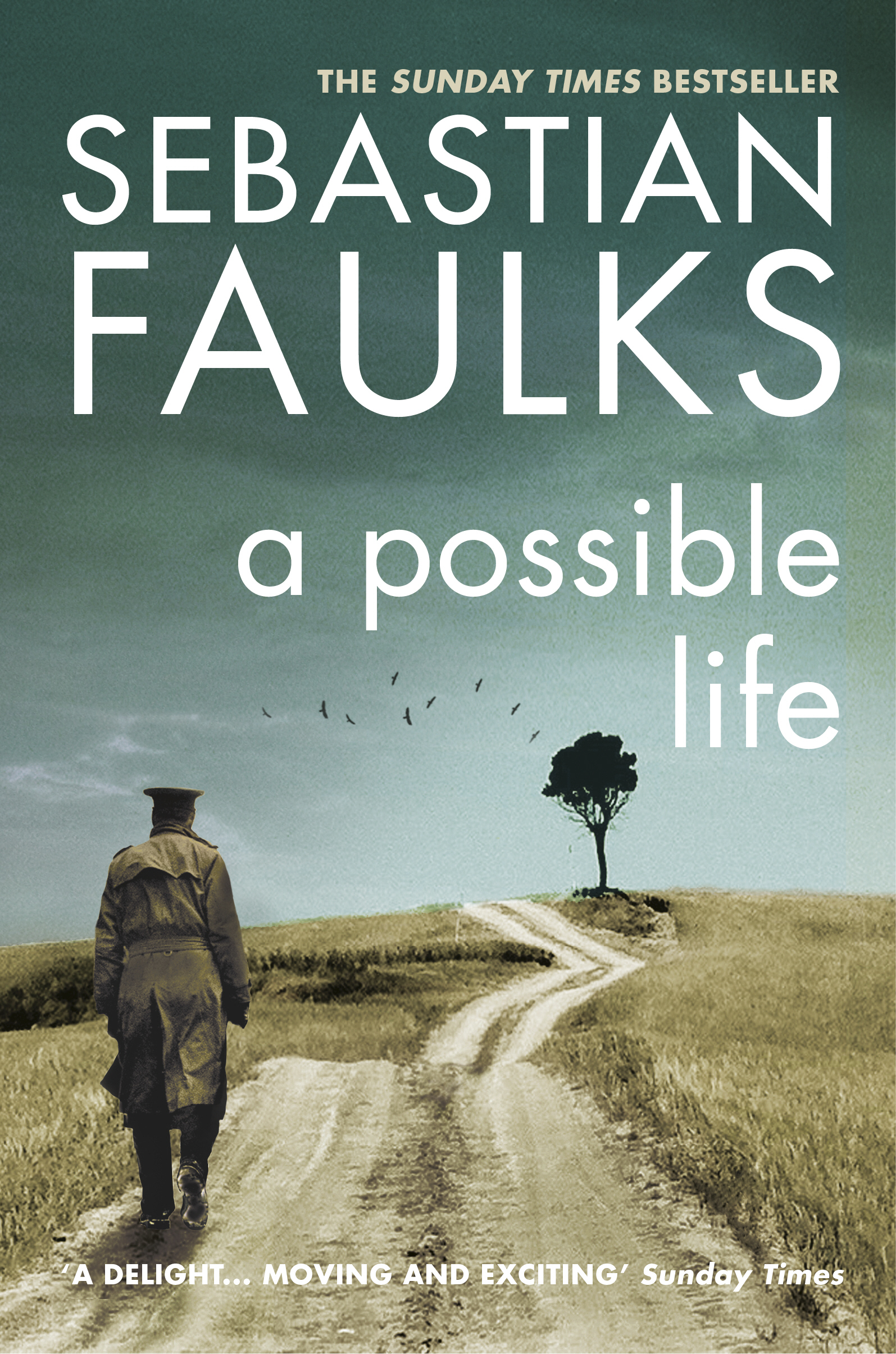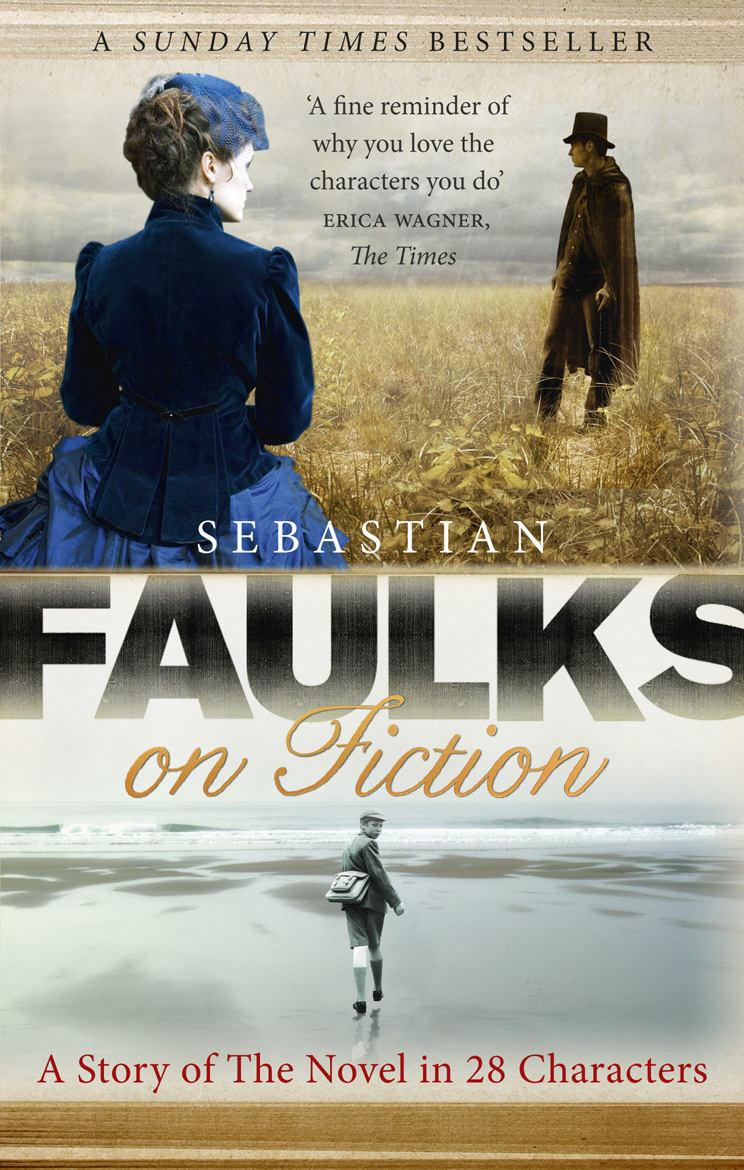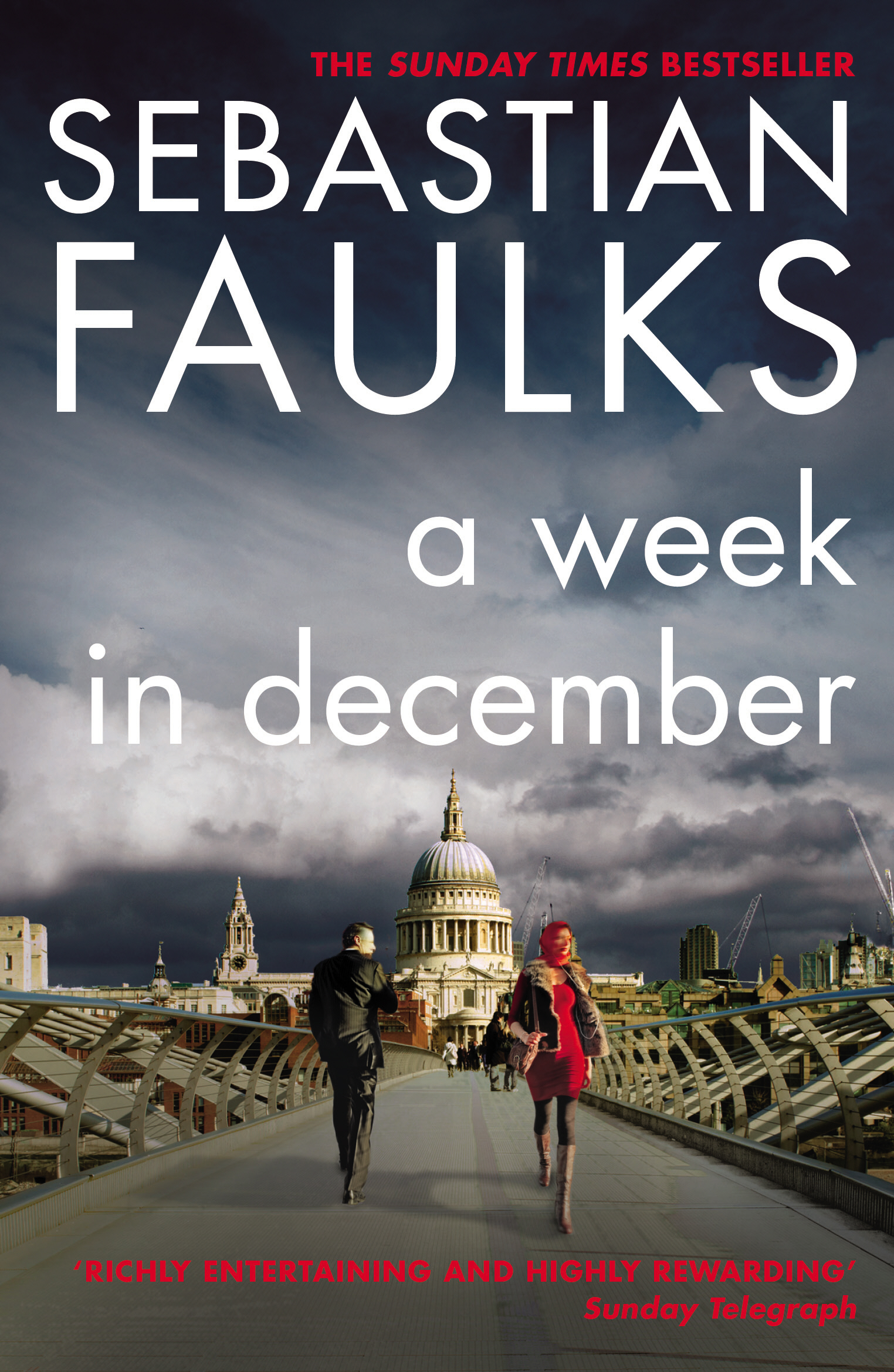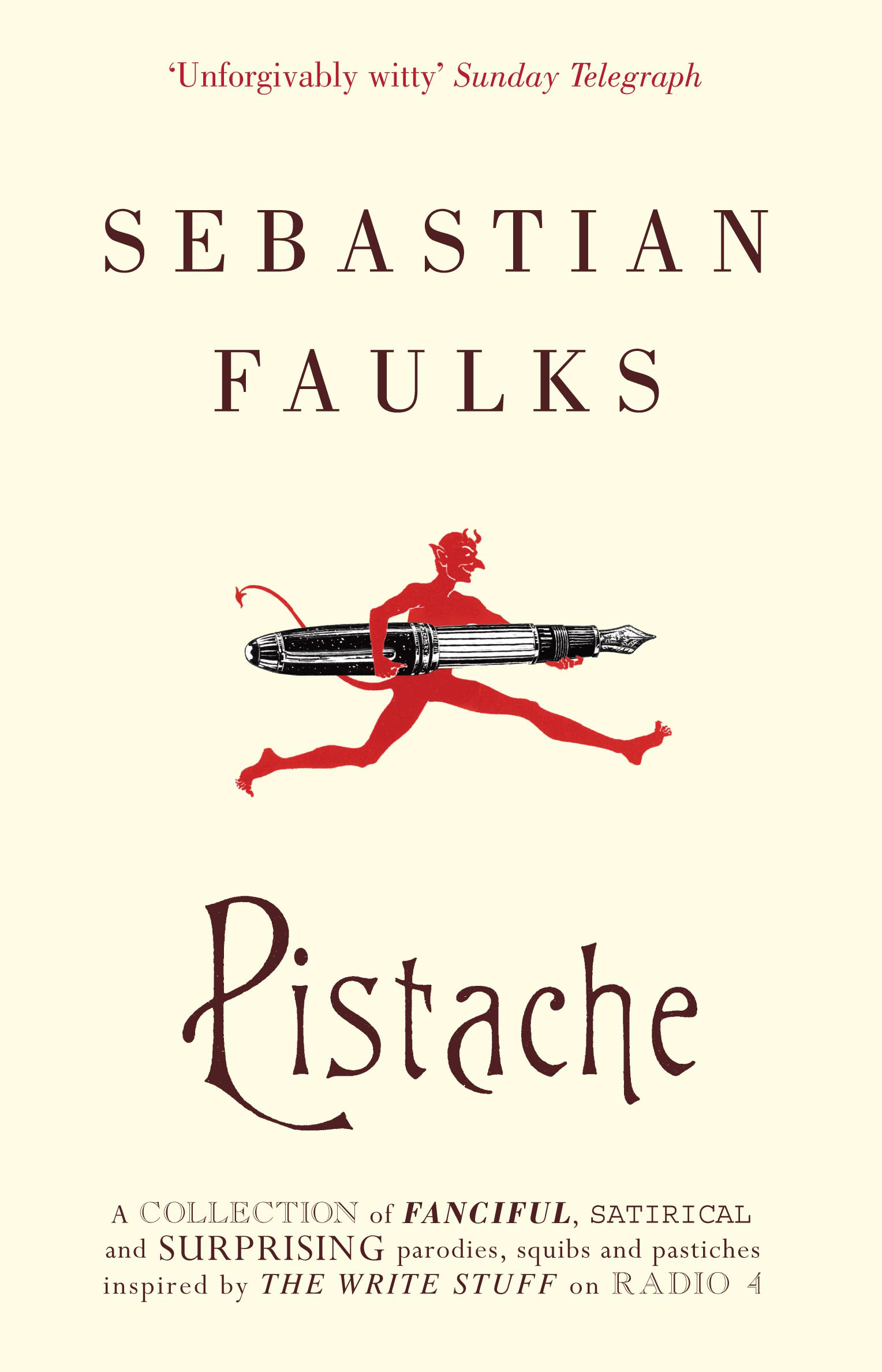The main character is Mary van der Linden, a lively and attractive woman, married to a hard-drinking British diplomat, Charlie, in Washington at the height of Russian dominance in the Cold War. They have two small children who are despatched, largely for financial reasons, to school in England.
Destabilised by this separation from her children and by her mother’s impending death from cancer, Mary falls in love with an American newspaperman, Frank Renzo. Frank is in a professional limbo, after having been suspended by his newspaper at the request of the House un-American Activities committee. He appears to be getting his career back on course when he is sent to cover the 1960 election between John F Kennedy and Richard Nixon.
By then, he and Mary are embarked on a hopeless love affair. Mary struggles to balance her loyalties to Charlie, her children, her dying mother in London and to the new love of her life. Frank frets at his necessary absences caused by work, and encourages Mary to take a semi-permanent hotel room in New York.
Meanwhile, Charlie’s alcohol dependency becomes problematic. He is a clever but impatient man, whose love of jazz initially provides a bond between himself and Frank. In addition to his drink problems, however, Charlie has made several unwise investments and is being blackmailed by the security services following a liaison in the Far East.
Frank travels through America, and the book describes what he sees at the famous Kennedy-Nixon television debate in Chicago, his home town. ‘One of the things I learned from studying the Nixon-Kennedy debates is that these were both high-calibre candidates, extremely well informed,’ said Faulks. ‘There was a poignant contrast with George Bush II, who was elected as I wrote. I watched the hanging chad drama on CNN in Moscow where I was completing my research.’
We also learn of Frank’s difficult childhood in Chicago and of his war service in the Pacific, after which he has educated himself on the GI Bill. Charlie’s experiences in the Second World War are seen to underlie the melancholic and self-destructive streak that is evidenced in his drinking.
Frank unexpectedly meets Charlie one night in Minneapolis, prompting them to recall they have met before — in Indo-China (later Vietnam), at the defeat of the French army at Dien Bien Phu. It is clear that Charlie’s involvement with the intelligence services is more complex than he has let Mary know, and that they are destroying him. Mary meanwhile, in one of the book’s most moving scenes, sees her mother finally die in her bed in London; the experience gives her a sense of urgency in all her actions from that moment on.
